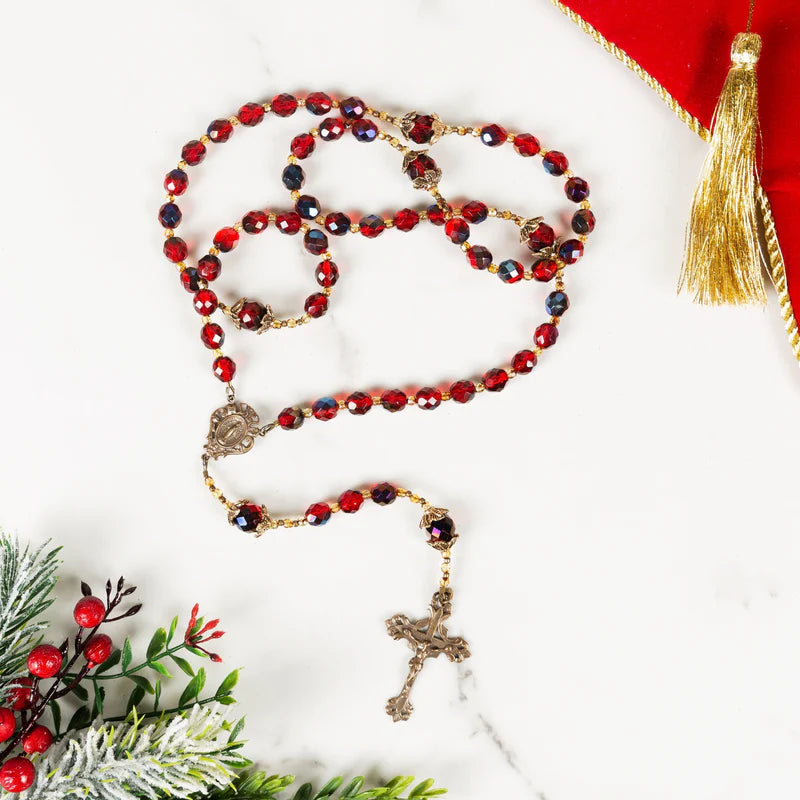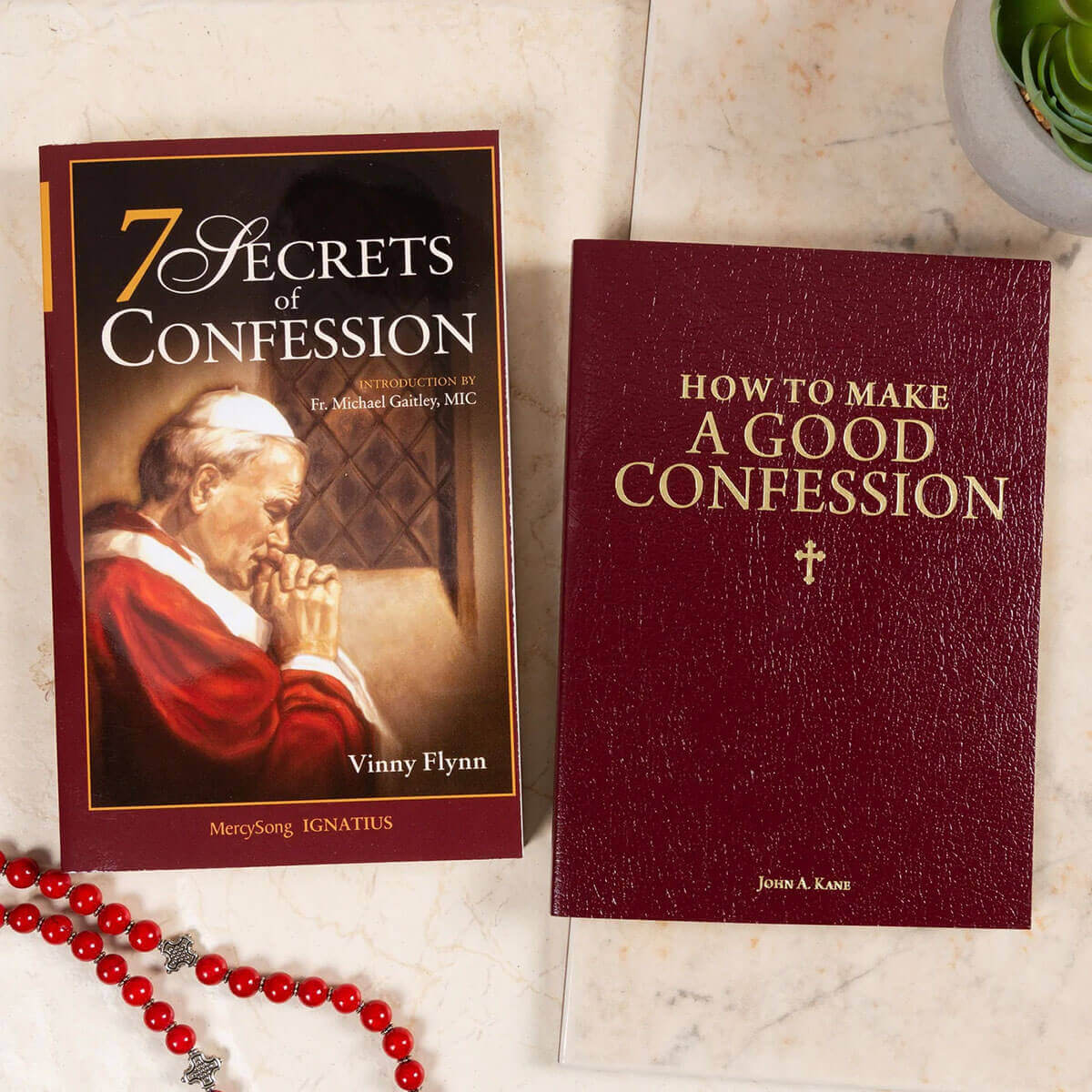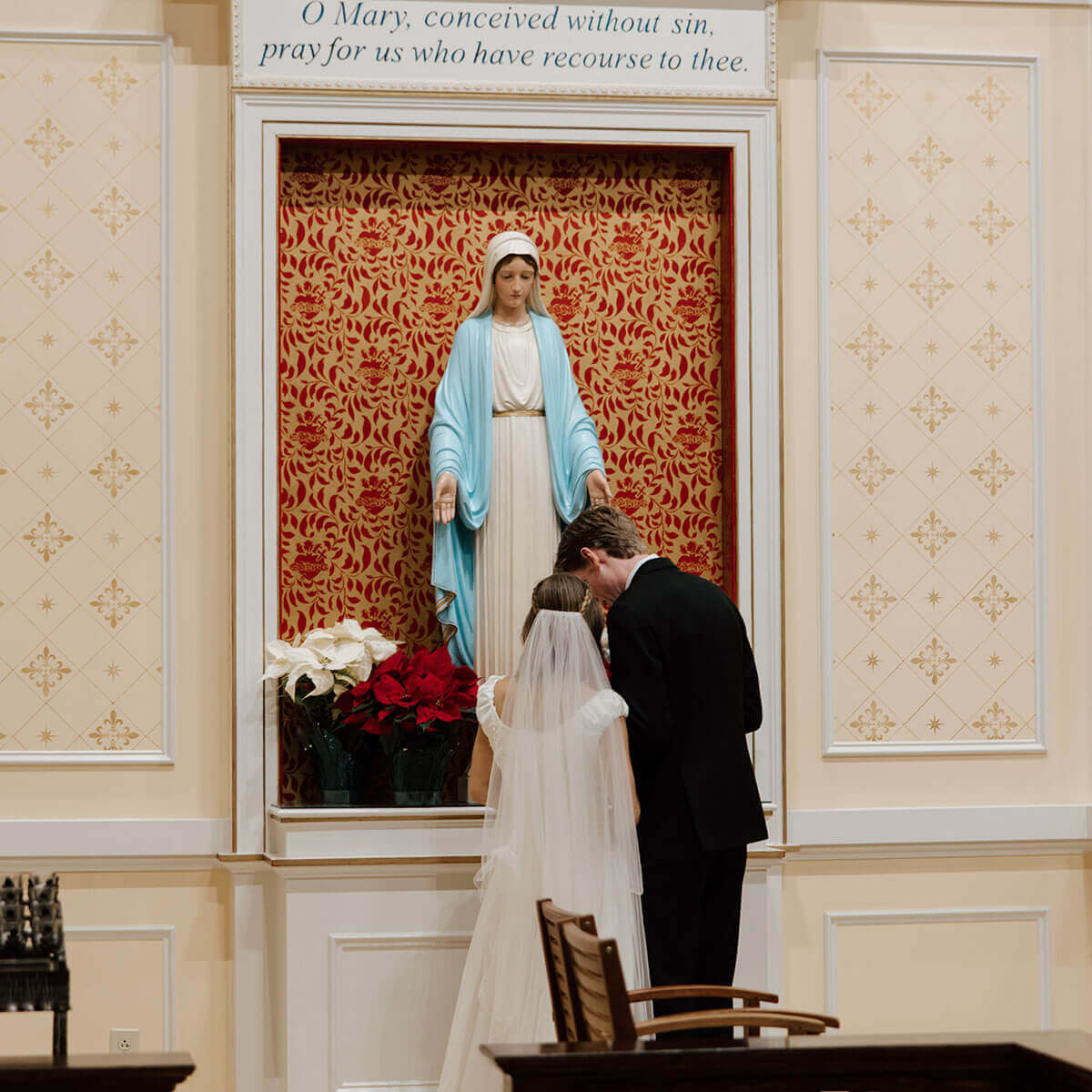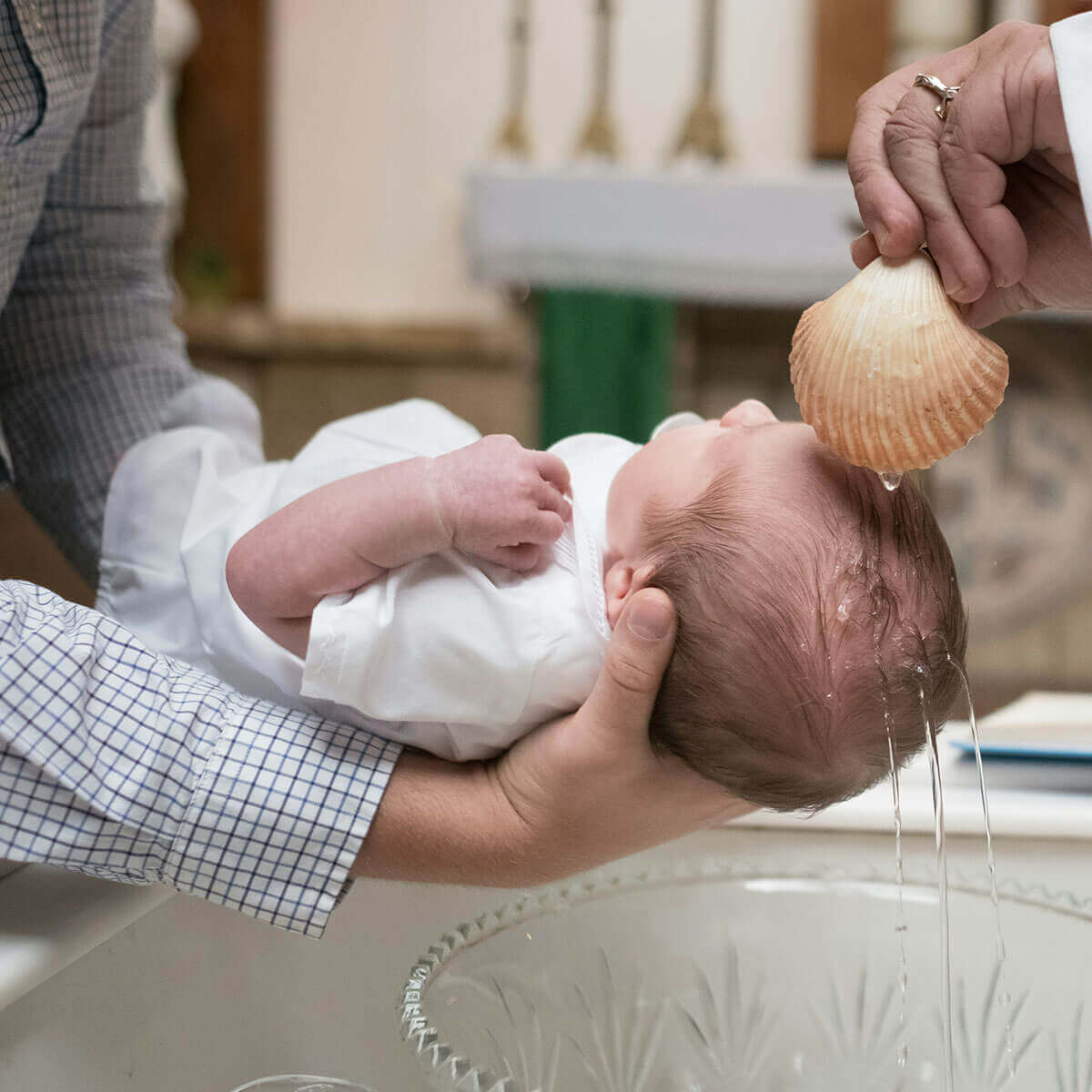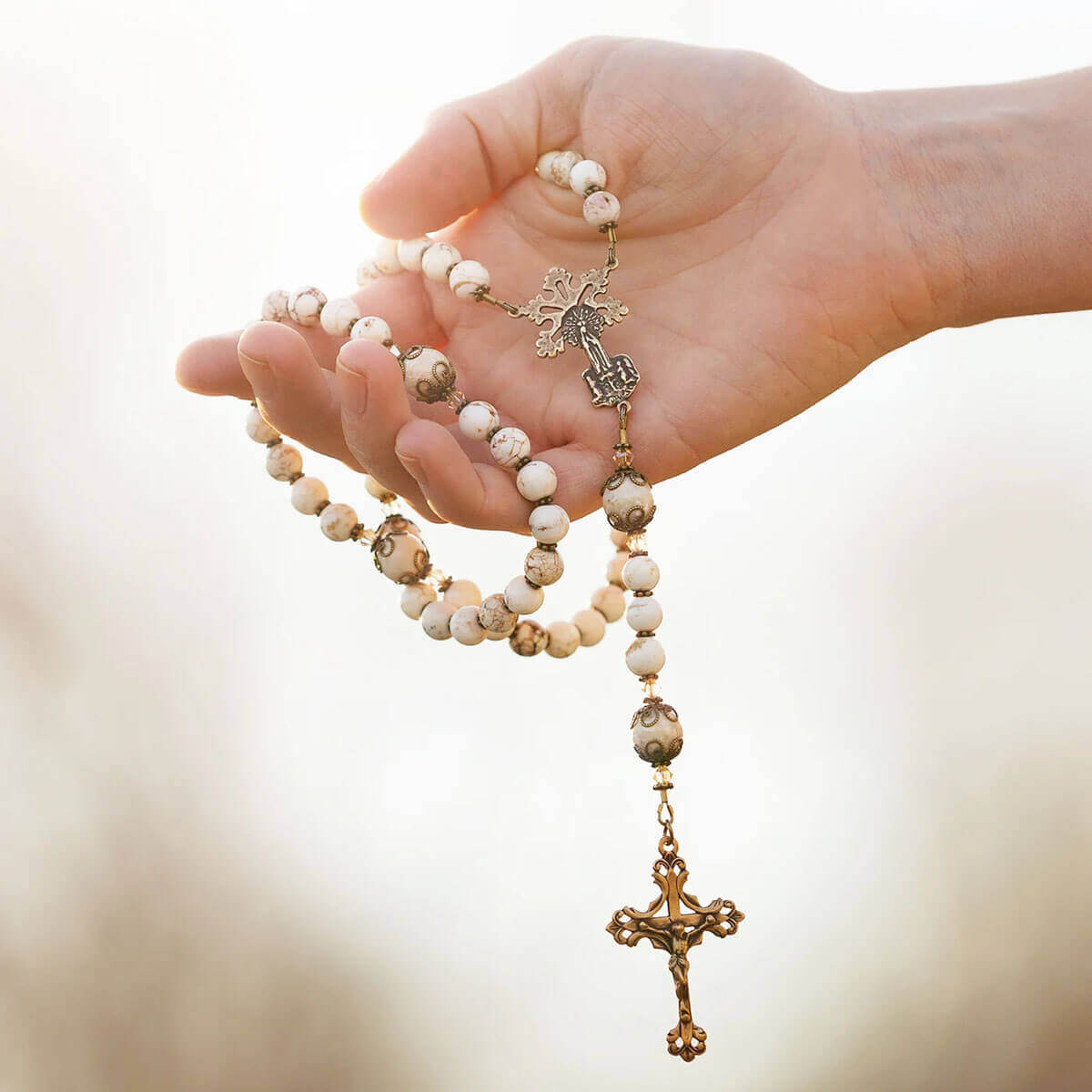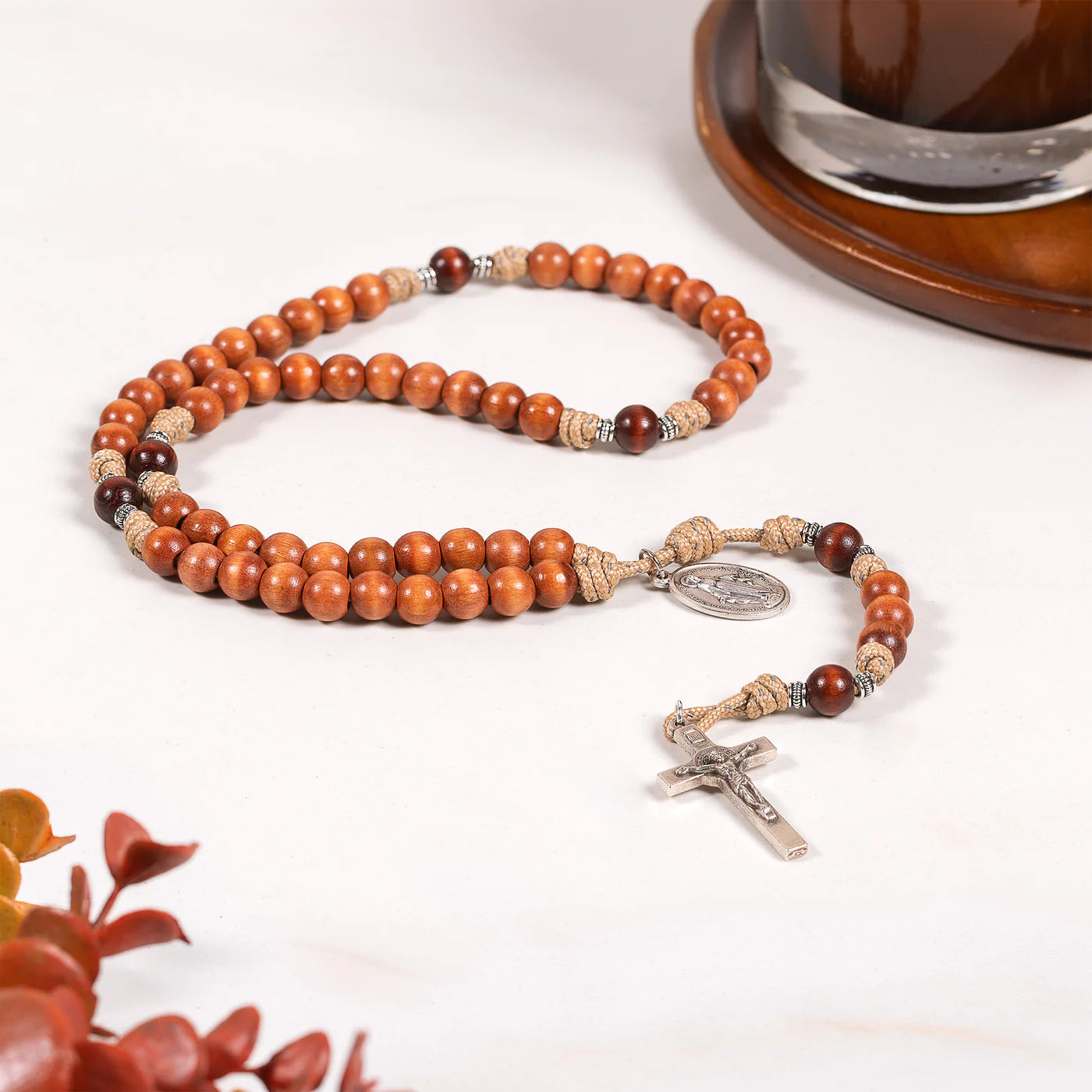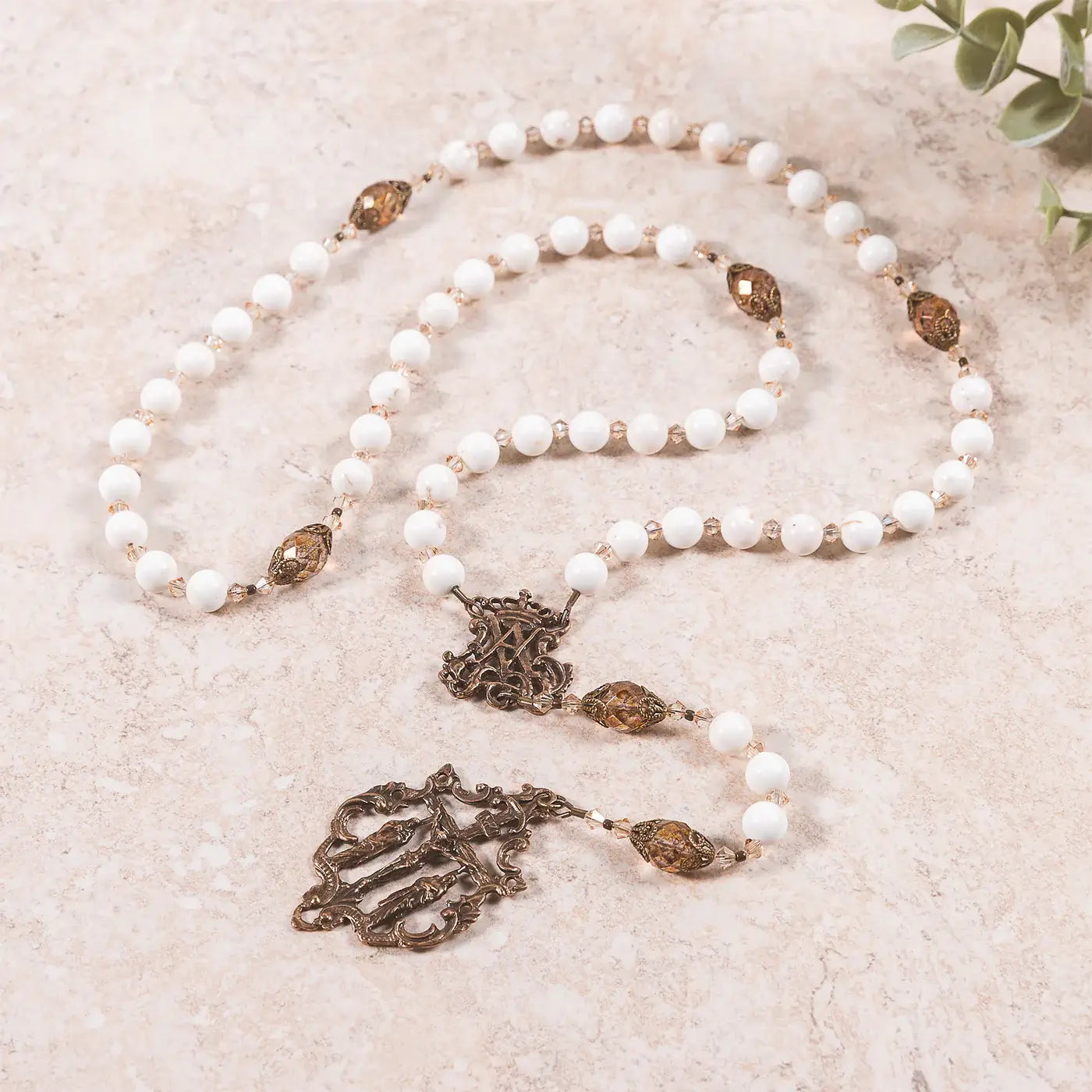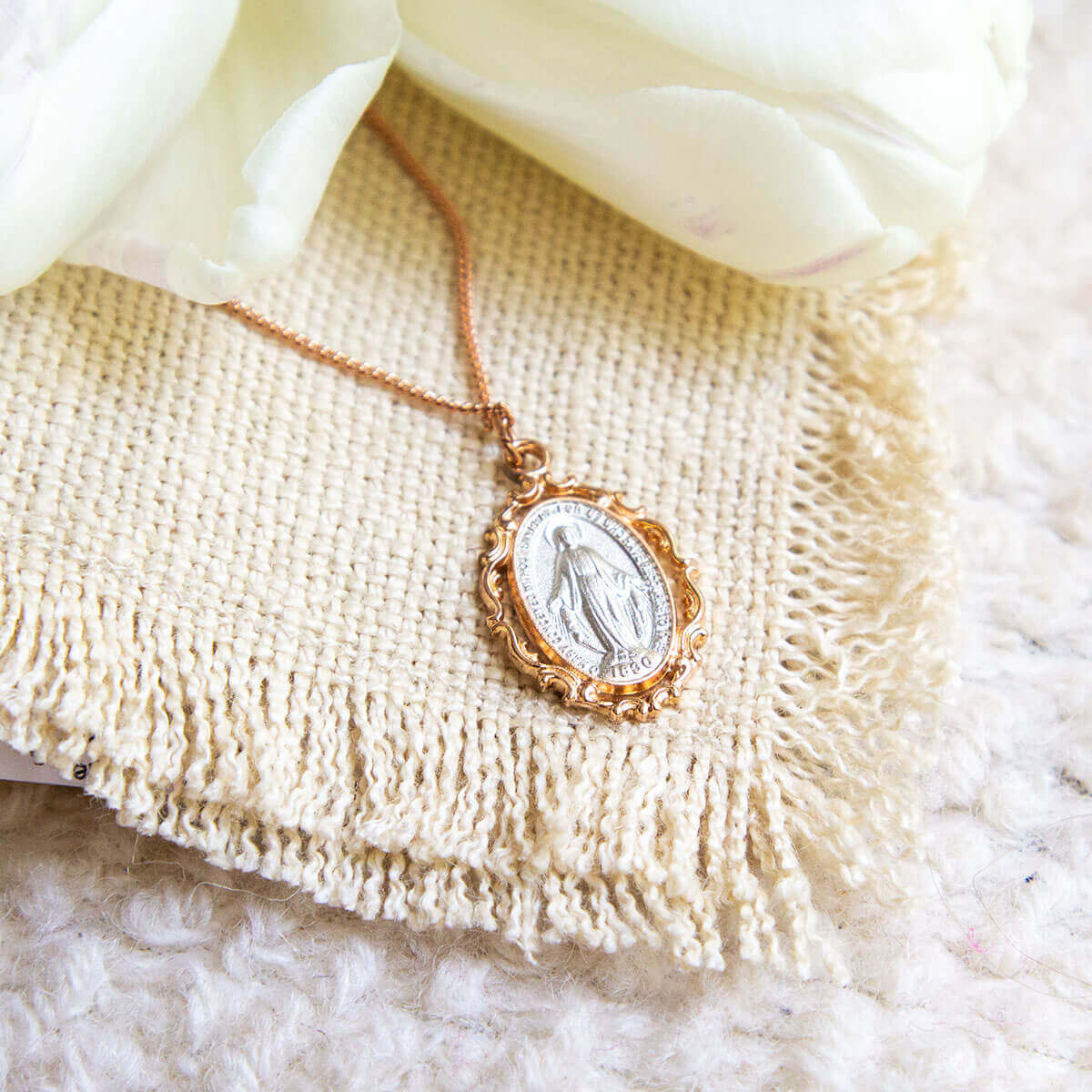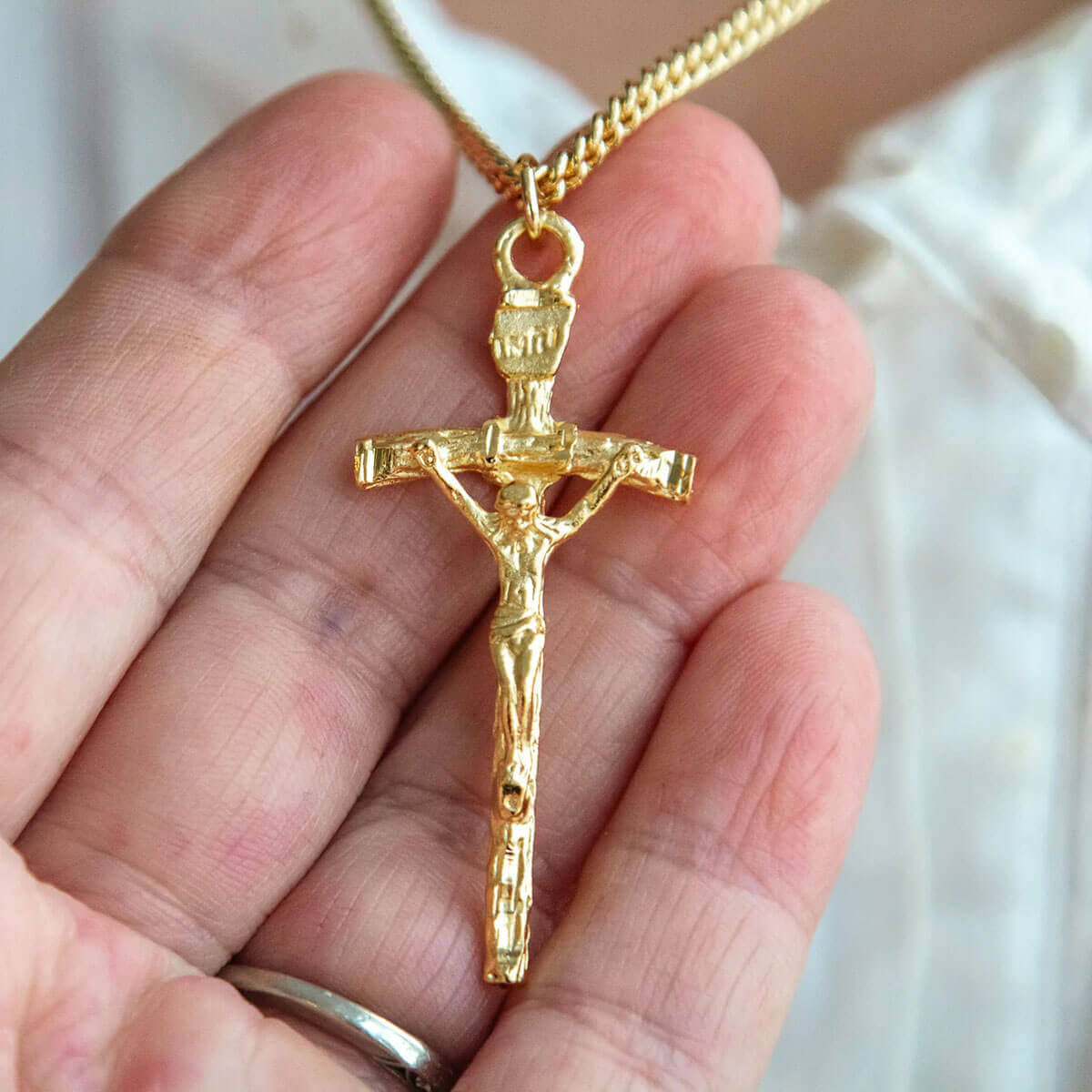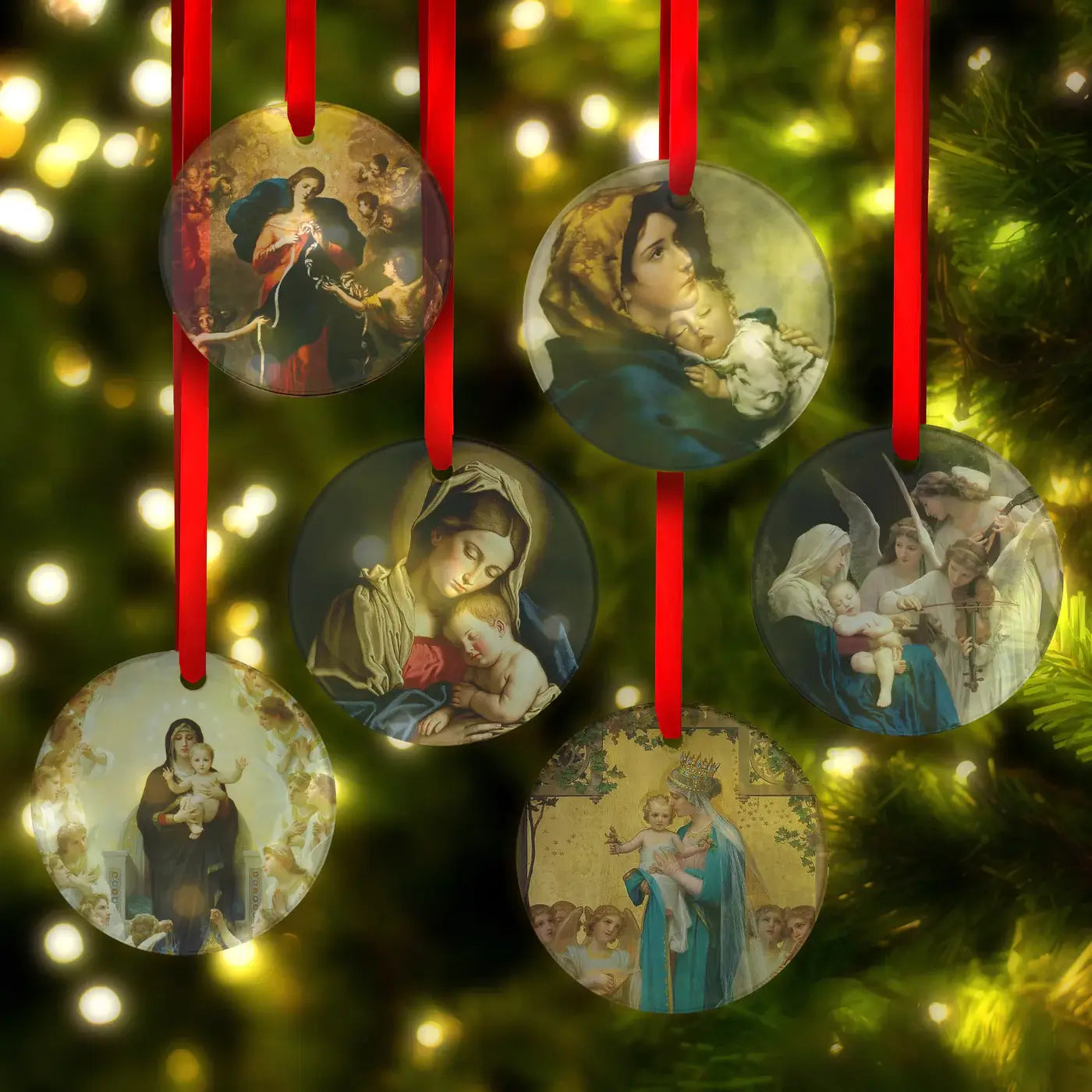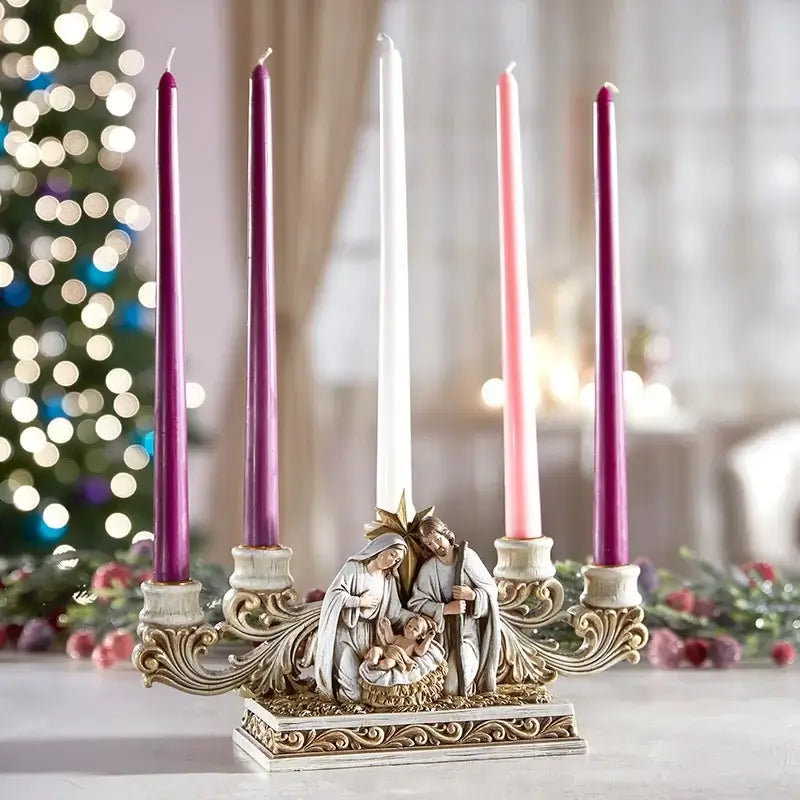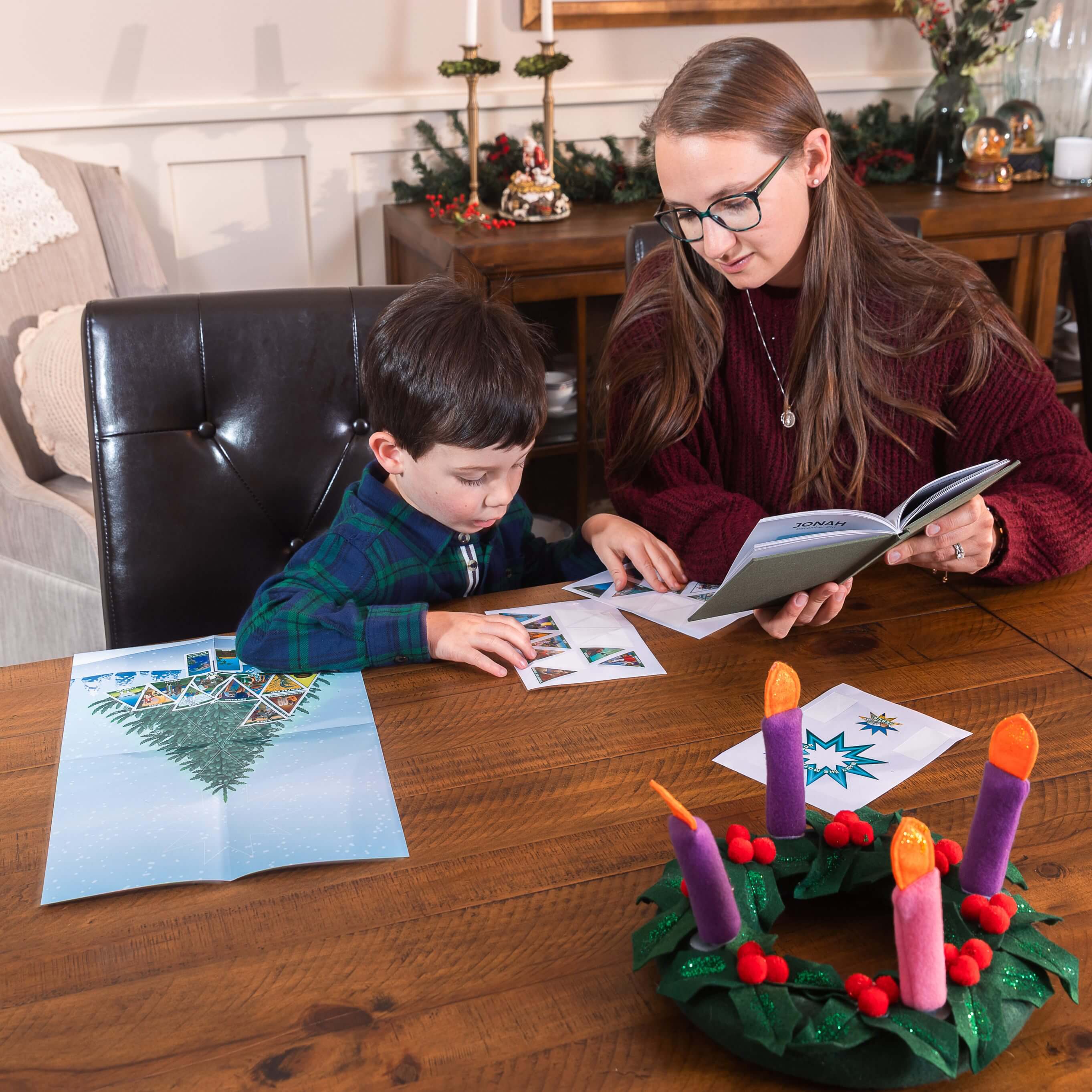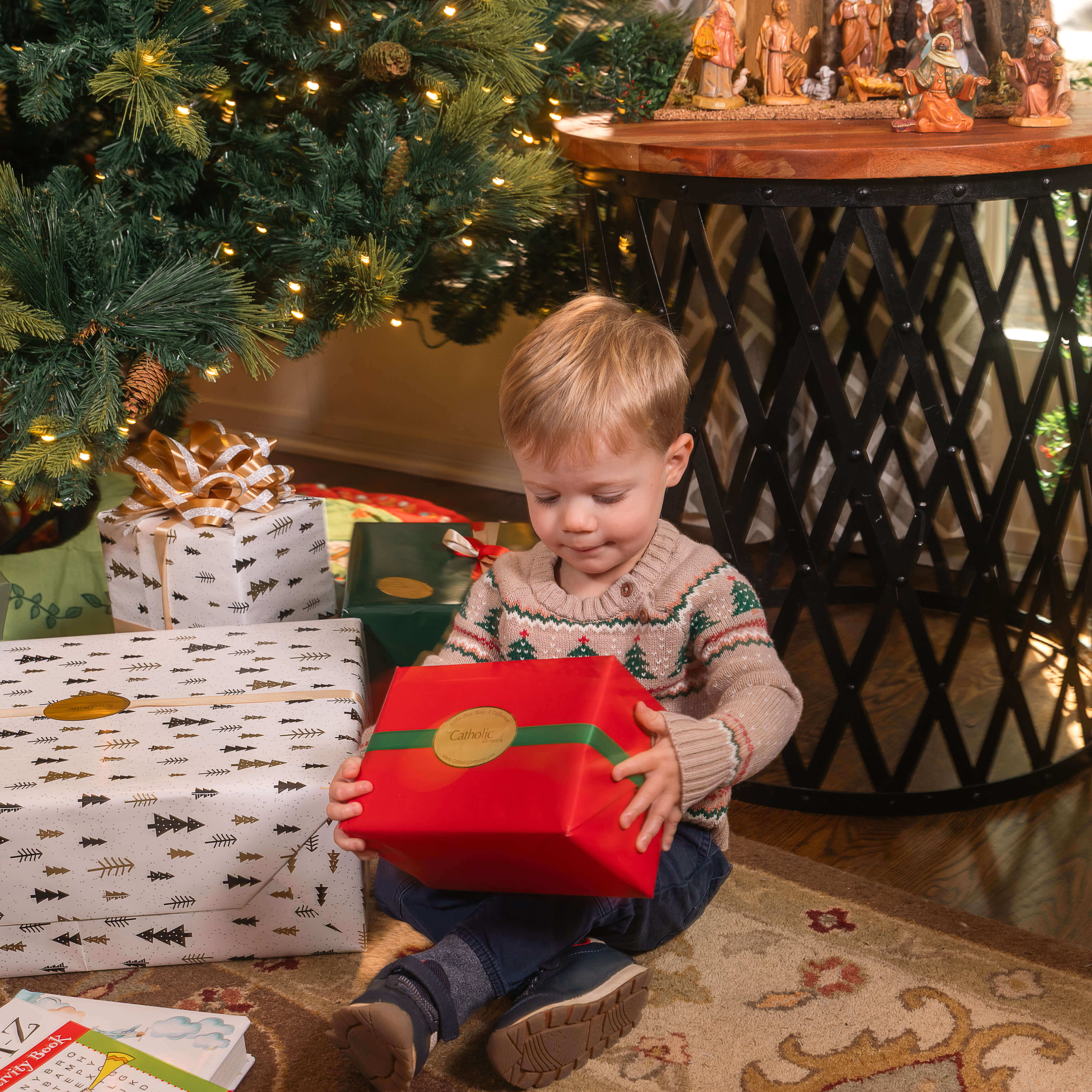Walk into any Catholic Church, and it’s impossible to miss seeing candles.
There are candles on the altar, a special candle near the tabernacle, and candles in front of images or statues of the Sacred Heart, Our Lady, St. Joseph, or various other patron saints.
And these examples are just the bare minimum!
Go to a baptism, and there will be a huge decorated candle as well as candles for the godparents to hold.
Attend an Easter Vigil, and there will be the same large candle, small candles for the whole congregation, and a small bonfire will be lit outside the church preceding the Mass.

Then of course there are Advent candles ... the blessing of throats with candles on the feast of St. Blaise ... altar servers holding extra candles during the proclamation of the Gospel at Mass ... and the list goes on.
Why in the world do Catholics use so many candles?
The Significance of Candles in the Liturgy
The word “candle” comes from the Latin verb candeo meaning “to shine, glow, or burn.” As early as the eighth century, the word “candle” was introduced into the English language specifically in relation to liturgical practices.
Throughout Church history, the candle has represented Christ: the perfect candle, THE Light of the World. The first book of John gives a poetic description of this reality:
“What has come into being in [Christ] was life, life that was the light of men;
and light shines in darkness, and darkness could not overpower it…
[John] came as a witness, to bear witness to the light, so that everyone might believe through him.
He was not the light, he was to bear witness to the light.
The Word was the real light that gives light to everyone; he was coming into the world.” (Jn. 1: 4-9)
Traditionally, liturgical candles are made of beeswax, and this is no accident or coincidence. The worker bees who gather the pure nectar of flowers don’t participate in the reproduction of the species. They are solely responsible for gathering the nectar and feeding the baby bees. Reproduction is left to the queen bee and drone bees.
Because virgin worker bees dedicate their lives to the creation of the wax and the nourishment of the hive, these bees have come to represent Our Lady, the Virgin mother who gave birth to the pure flesh of Christ, with Christ’s pure flesh being symbolized by the pure beeswax. What a detailed, beautiful symbol of this reality!
Besides the general significance of candles, there are particular reasons why different candles are used for different parts of the liturgy.
The Easter / Paschal / Baptismal Candle
The unique Easter candle is easy to recognize because of its size: it is several feet tall and decorated with colorful designs. It is also imprinted with the year and a cross with five cloves.
 Getty Images
Getty Images
In the Gospel of Luke, Jesus tells us to have our lamps lit, and to “be like people waiting for their master to return from the wedding feast, ready to open the door as soon as he comes and knocks. Blessed those servants whom the master finds awake when he comes.” (Lk 12:35-37)
This idea served as one of the inspirations for the Easter Candle. On Holy Saturday, we wait with expectation for the rising of Christ from the darkness of the tomb to the light of the Resurrection.
During the Easter Vigil Mass, the congregation lights their small candles from the Paschal Candle, as a reminder to share and reflect the light of Christ in their own lives. In another part of the vigil liturgy, the new Paschal Candle is used to bless the water of the baptismal font. The priest plunges the candle into the water three times, while exclaiming, "May the power of the Holy Spirit come down into the fullness of this fountain."
This same Paschal candle is then lit during baptisms throughout the year as a reminder that the Sacrament of Baptism, where we first receive the Holy Spirit, is possible because of Christ’s sacrifice on the cross and His resurrection. He brings the light of life and grace into the darkness of sin and death.
When a baptism occurs during the Easter Vigil, the celebrant proclaims to the newly baptized:
“You have been enlightened by Christ. Walk always as children of the light and keep the flame of faith alive in your hearts. When the Lord comes, may you go out to meet Him with all the saints in the heavenly kingdom.”
The imagery of the candle and its light beautifully show how a new soul—a new apostle of light—joins God’s family.

Altar Candles
The use of candles on the altar appears to have begun before the 12th century. While the main use of candles has already been established (to remind us of Christ as the light of the world) altar candles also bring to mind the reality that many of the persecuted Christians in the first centuries celebrated Mass secretly at night or in the catacombs, with the only light being candlelight. The fortitude and perseverance of those Christians helped the Faith survive and thrive even into the 21st century.
Candles may also be used in the entrance and recessional processions of the Mass, and be carried to where the Gospel is read, as a sign of triumphant joy in the presence of the words of Christ.
Candles are actually so important to the proper dignity and celebration of the Mass that it is normally deemed a grievous offense to celebrate Mass without any candlelight.

On a very practical note, the number of candles lit on the altar tells us which Mass is being celebrated (a Low Mass or a Solemn High Mass, for example) or even who the main celebrant is (ex: an archbishop vs. a priest). Sunday Masses have more candles than a daily Mass, and sometimes more candles are lit for special feast days.
Sanctuary Lamp
The sanctuary lamp is placed in the church in the vicinity of the tabernacle, to remind the faithful of Christ’s real Eucharistic presence. It often has a red cover to distinguish it from other candles in the church.

In the Old Testament, the book of Exodus describes how God commanded the Israelites to crush pure oil from olives. They were to burn it perpetually in a lamp before the Tabernacle of the Testimony, which is the tent where the Ark of the Covenant and the sacred vessels for worship were kept (Ex 27:20). If this lamp signaled to the people a sacred presence, then how much more should we be aware of the holiest space in a Catholic Church, where God is truly present in the Eucharist?
Advent Candles
Christians adapted ancient Germanic and Scandinavian traditions using wreaths with candles in the wintertime to create the Advent wreath tradition that we practice today.
Each of the four Advent candles represents one thousand years in salvation history, from the time of Adam and Eve to the birth of Christ. As the four weeks of Advent progress, we light another candle each Sunday to represent our proximity to the glorious feast of the Light of the World’s birth.
Read more on the extensive symbolism behind the Advent candles and wreath: The Advent Wreath Tradition and Meaning
Candlemas
On February 2nd we celebrate the Presentation of Christ in the Temple and the Purification of Mary. (Traditionally, this day has been called Candlemas.)
At Christ’s Presentation, Simeon proclaimed,
“Master, now you are dismissing your servant in peace, according to your word; for my eyes have seen your salvation, which you have prepared in the presence of all peoples, a light for revelation to the Gentiles and for glory to your people Israel.”
Because of this bold statement of Christ as the light, the church chooses this feast day to have a special yearly procession and blessing of candles.
Read more: The Symbolism of Candlemas
Votive / Devotional Candles
We light candles before images and statues of Our Lord, Our Lady, and the saints, not as an attempt at worship, but as a symbol of the light of faith with which we ask for God’s help.

The flame also alludes to the Old Testament offering of a burnt sacrifice, made in petition, adoration, or reparation for sins.
We usually see this type of candle in churches, but many people also choose to use devotional candles at home, and place them in a prayer corner or on a table while they pray.
If you'd like to bring the rich symbolism of the candle into your home and prayer life, you can shop our Catholic candles here.
While we can certainly pray and petition without candles, the physical act of lighting a candle, and perhaps giving a small monetary offering, is a chance for us to bring our entire person—body, mind, heart and soul—into the act of praying.
Candles in Celebrations, Blessings, and Dedications
Candles play a part in the blessings of ashes and palms, the dedication of churches and cemeteries, and the Mass of a newly-ordained priest. Candles are also present at every sacrament except that of Penance.
In all of these cases, the candles represent the enlightened and sacred character which is brought to all these items, places, and events by Jesus Christ, the True Light.
How does the use of candles in the liturgy enliven and enlighten your life of faith?
Share your thoughts in the comments below!



